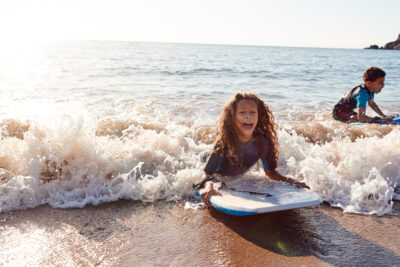As much as you feel fabulous after a run—like you can take on the world—you’ll still likely encounter your share of running woes. The following eight running obstacles might make you think twice about tying up your running shoes…
Blisters
Blisters, mainly on the areas of your toes and heels, are typically caused by wearing ill fitting socks or shoes that are too tight. You can fix this by switching to a sock that wicks away moisture in lieu of a cotton sock that just gets wet, bunches up, and chafes your foot.
Shortness of Breath
Shortness of breath can hit you like a ton of bricks on a run, especially if your pace is a bit too quick. In time you will learn and find your pace. Learning to control that instead of full-on sprinting at the start of your run and burning out will see you all the way through your run.
Chaffing
Painful skin-on-skin contact (or chaffing) can put a stop to a run when sweat and clothing rub uncomfortably against skin. You can ease the chaff by either wearing spandex under your running shorts or (for long runs) using lubrication (i.e., Vaseline) on thighs to reduce friction.
Runner’s Knee
Runner’s knee (or patellofemoral pain syndrome) occurs with runners when kneecap (patella) cartilage becomes painfully inflamed and irritated. And we all know that running can be intense on the knees, causing pain and chronic flare ups if we run too long or too hard.
Side Stitches
The dreaded side stitch can put a thorn in any good run. They are typically caused by either dehydration or hunger. So ensure you drink enough liquids and eat a small snack at least an hour prior to your run.
Shin Splints
Shin splints are a real pain, well, in the shins! A condition medically referred to as medial tibial stress syndrome explains this shooting pain that causes tears in the muscles around your shin bones (or tibia). Take it easy when running down hills to take the stress and pain off shins.
Dehydration
If your body is low on fluids, your runs will surely suffer. That’s why it’s vital to drink adequate amounts of water a hour prior to a run or else you may suffering the associated consequences of nausea, diarrhea, and fatigue from dehydration. After long runs, a sports drink may be necessary to replenish electrolyte levels.
Lack of Motivation
Sure, you want to stay warm in bed on blistery cold mornings, regardless of your goal to run every morning before work. To combat lack of motivation make your running goals public and track your progress online or with a running group to establish a sense of accountability.











